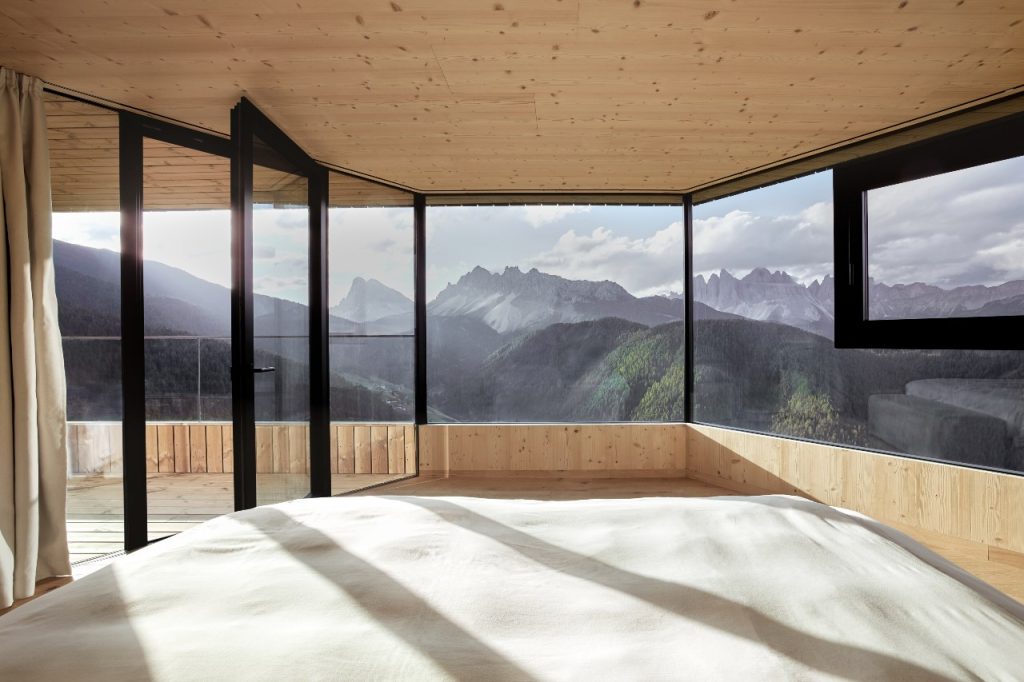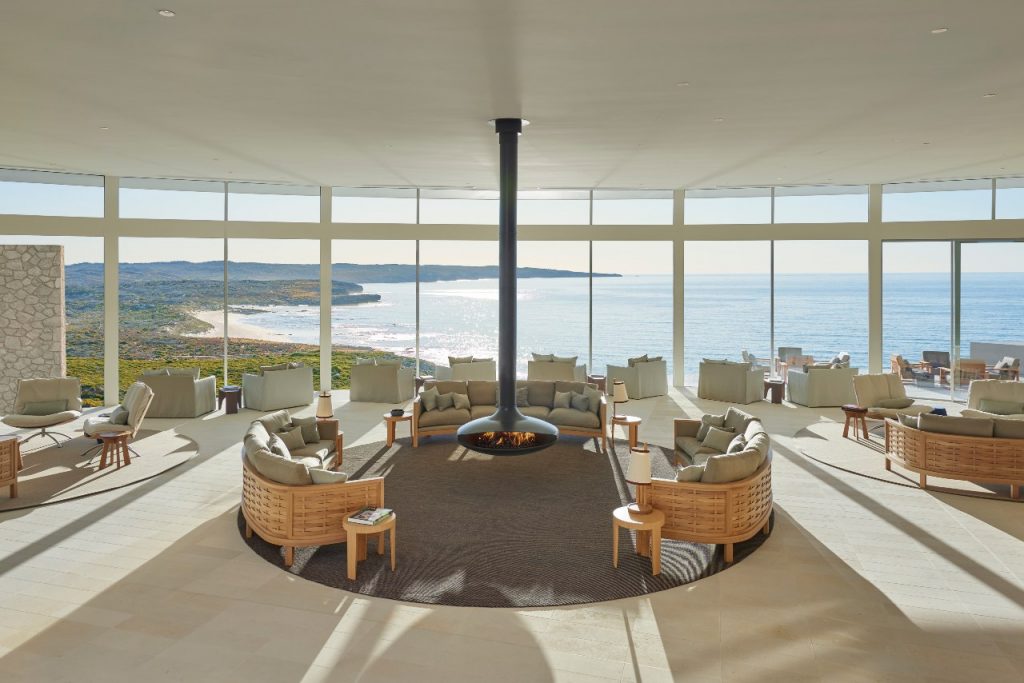Five cities where it is easy to go green
Have a guilt-free holiday in these surprisingly sustainable destinations.
Words by Ute Junker
Photos Singapore Tourism Board
As the world struggles to become more climate friendly, some cities are sprinting ahead. Increasingly, they are finding that their eco-friendly approaches are drawing more visitors, even when they aren’t as eye-catching as rooftop parks or high-rise buildings covered in plants.
After all, many of the measures that make a city more sustainable – planting more trees, reducing the number of cars, making its centre more walkable – also make it more pleasant to visit. These are some of our favourites.
Rotterdam, The Netherlands
THEN Rotterdam has a long history of innovation – the first skyscraper in Europe was built here. Its sustainability agenda has been aided by the decline of the city’s port, which increased the number of vacant buildings available for experimental start-ups.
NOW Most of the city sits below sea level, giving an urgency to Rotterdam’s aim to be climate-proof by 2025. Innovative projects include the world’s first floating farm, a floating park and projects that capture rain during heavy weather events to prevent flooding.
GO GREEN Start with a visit to the kilometre-long Dakpark, Europe’s largest public roof park, then cruise the waters in an electric sloop from iKapitein. Learn more about the city’s sustainability initiatives on a tour with City Rotterdam Tours and check in to an eco-friendly hotel: the best have been awarded the Gold Green Key.
STILL TO FIX The city is investing in a swathe of new parks, include the seven-hectare Nelson Mandela Park to be built at Maashaven, as well as parks at Rijnhaven, around Hofplein, Westblaak, Hofbogen, and Prins Alexanderplein.
MORE en.rotterdam.info
Singapore
THEN Singapore’s centralised government has worked for decades to help green the densely-populated city through a range of policies, incentives and public awareness campaigns. Among the most visible changes was the increase in tree numbers, which leapt from 158,600 in 1974 to 1.4 million in 2014.
NOW Since green building standards were introduced in 2008, Singapore has been a world leader in low-impact high-rises. To encourage rooftop gardens and vertical greenery, the government funds up to half of installation costs.
GO GREEN Check into one of Singapore’s ultra-green hotels, such as Parkroyal on Pickering or Oasia Downtown, both designed by WOHA, a ground-breaking Singaporean-Australian eco architecture firm. Bring your hiking shoes and explore the Rail Corridor, a 24-kilometre trail connecting the city’s best green spaces, including Bukit Timah Nature Reserve, Clementi Forest and Dairy Farm Nature Park, or take a farm tour – yes, really – at Bollywood Farms, where you can also eat at the on-site bistro.
STILL TO FIX By 2030, Singapore wants to reduce waste to landfill by 30 per cent and to have 20 per cent of schools be carbon neutral.
MORE visitsingapore.com
Vancouver, Canada
THEN As you might expect from the birthplace of Greenpeace, Vancouver has a long history of thinking environmentally. The city started tackling climate change way back in 1990, using planning and development policies.
NOW Vancouver has scored some big wins, including strict building codes and reaching the goal of 50 per cent of all trips being made by sustainable transportation. It has also introduced municipal composting alongside the recycling program.
GO GREEN Start at Stanley Park where you can explore 400 hectares of rainforest, head to the beach or follow the walking and bike path along the water. Next stop is Granville Island, home to a clutch of shops, restaurants and a fabulous food market, which operates on zero-waste principles. Grouse Mountain is great for hiking in summer and skiing in winter, and the Grouse Mountain Wildlife Refuge runs a number of rehabilitation and captive breeding programs.
STILL TO FIX The city is aiming for zero waste status by 2040.
Oslo, Norway
THEN Despite being one of the world’s largest fossil fuel exporters, Norway relies almost entirely on hydropower for its domestic energy. At the 2021 national election, voters embraced a move away from fossil fuels, and Norway aims to be completely carbon-neutral by 2050.
NOW Electric vehicles made up more than 70 per cent of cars bought in Oslo in 2020, thanks to city policies that provide free parking, reduced tolls and bus lane access. The city has an annual climate budget which tallies carbon in the same way that the finance budget tallies money.
GO GREEN Two-thirds of the area within the city boundaries is forest, parks and lakes, so get out and active. Most of the city’s hotels are eco-certified, as are the Norwegian National Opera & Ballet and the Norwegian Maritime Museum. Even the new terminal at Oslo Airport has been built sustainably, with measures including collecting and storing snow in winter to cool the building in summer.
STILL TO FIX Oslo aims to makes its construction projects emission-free by 2025.
MORE visitoslo.com
Paris, France
THEN Since being elected mayor in 2014, Anne Hidalgo has announced a series of increasingly ambitious initiatives to make Paris more green, an approach that helped the city’s successful bid for the 2024 Olympics.
NOW Hidalgo has literally reshaped the streets of the city, introducing almost 150 kilometres of bike lanes and making some major thoroughfares car-free. Expect to see even fewer cars in the city in the future: diesel cars will be banned from 2024 and by 2030, the ban will extend to all petrol-driven cars.
GO GREEN Hire a bike to explore some of the city’s sustainability hubs. A baguette’s toss from the Eiffel Tower is the world’s largest urban rooftop farm, Nature Urbaine, where you can join a yoga class, take a tour or eat farm-fresh at the onsite restaurant. For sustainable fashion, head to La Caserne in the 19th arrondissement, a hub for eco-minded designers.
STILL TO FIX The Champs-Elysees is getting a €250 million post-Olympics makeover, with pedestrian areas and “tree tunnels”, while a citywide tree planting program will see half of Paris covered with planted areas by 2030.
MORE en.parisinfo.com
A longer version of this article originally appeared in Traveller.



